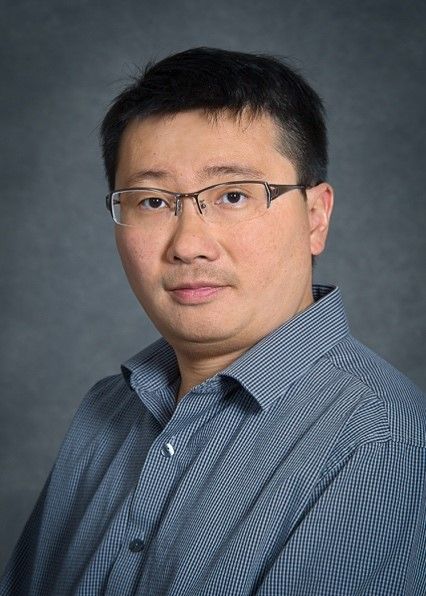Spectroscopy Announces the First Winner of the Emerging Leader in Atomic Spectroscopy Award

George Chan, a project scientist at Lawrence Berkeley National Laboratory in Berkeley, California, has won the inaugural Emerging Leader in Atomic Spectroscopy Award, which is presented by Spectroscopy magazine. This new annual award recognizes the achievements and aspirations of a talented young atomic spectroscopist, selected by an independent scientific committee. The award will be presented to Chan at the 2017 European Winter Conference on Plasma Spectrochemistry (EWCPS), where he will give a plenary lecture.
One of Chan’s most significant contributions to the field of atomic spectroscopy has been his work on matrix effects and excitation processes in the inductively coupled plasma (ICP), where he discovered several new phenomena and mechanisms. One breakthrough was his discovery that matrix elements having low second ionization potentials produce the strongest matrix effect, even though it had been widely reported in the literature that elements with low first ionization potentials produced the strongest effects. He also found that another critical parameter that governs the severity of the matrix effect is the presence or absence of low-lying energy levels in the doubly charged matrix ion; this behavior showed a very strong correlation with Penning ionization. This work cleared up some confusion in the ICP community about the importance of Penning ionization.
Chan also explained, for the first time, that charge transfer and matrix interferences in the ICP can be linked together. He then showed how to exploit plasma-related matrix effects to study charge transfer in the ICP. With his novel procedure, candidate charge transfer levels can be easily and rapidly screened and identified. Chan also provided experimental evidence that state-selective charge transfer exists even in the atmospheric-pressure ICP. These pioneering findings provide a crucial step in understanding fundamental mechanisms in the ICP.
Chan’s research interests also include practical aspects of analytical atomic spectrometry. For example, Chan developed diagnostic tools to flag the presence of interferences so that immediate remedial work can be undertaken by an analyst. His developed matrix-effect indicator and method for interference compensation do not require the addition of external reagents to the sample or any prior knowledge about the content of the sample. In addition, they can be readily adopted on commercial ICP–AES spectrometers, can be easily automated, can be used during an analysis with no time penalty, and require no extra input or sample treatment by the analyst. An interview about this work was published by Spectroscopy in 2015.
Chan’s research interests extend into optical isotopic analysis. Chan investigated the potential advantages of using multiple emission lines in the isotopic analysis of uranium by laser-induced breakdown spectroscopy (LIBS). His work also revealed that the primary factor dictating analytical precision is not the magnitude of an isotope shift but rather the signal-to-background ratio. Recently, he combined femtosecond laser filamentation with laser-ablation molecular isotopic spectrometry (LAMIS) and demonstrated the first remote isotopic analysis with laser filamentation. This study combines existing knowledge about isotopic shifts in emission lines with modern-day technology (computers and a femtosecond laser) to further advance the analytical capability of optical spectrometry for isotopic analysis at potentially remote distances.
Chan has also made noteworthy contributions to the characterization of fundamental mechanisms in plasma sources used in ambient ionization mass spectrometry. Although ambient ionization mass spectrometry is widely utilized, the processes for generating the key reagent ions in the ionization sources are not yet fully understood. Chan’s paper on this topic altered the thinking about the underlying mechanism of reagent-ion generation in plasma-based ambient ionization sources; before his work, it was thought that metastable helium atoms are the only important species in these sources. Since its publication in 2011, this work has already been cited 54 times.
Chan received his PhD in analytical chemistry in 2007 from Indiana University. He has published 48 papers and presented 34 papers at scientific conferences, including 14 invited lectures, 12 contributed oral presentations, and eight poster presentations.
For information about how to nominate a young scientist for the 2018 award, please see the call for nominations.